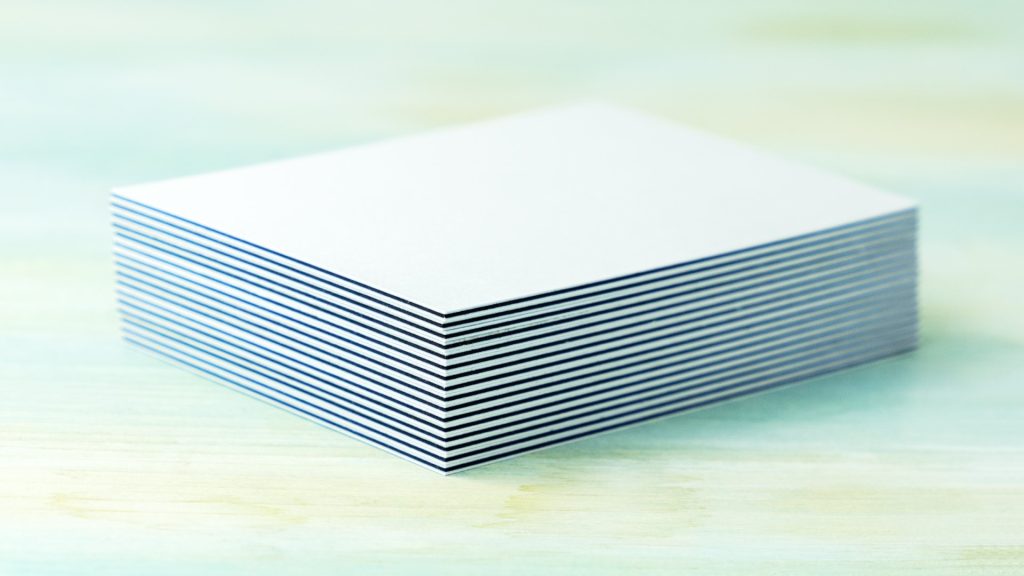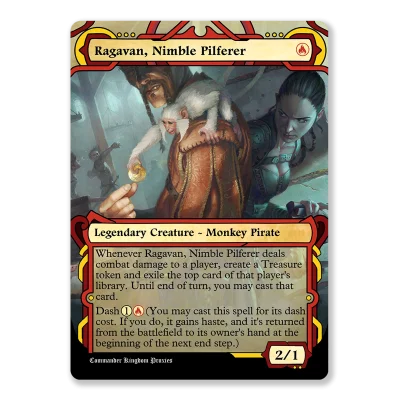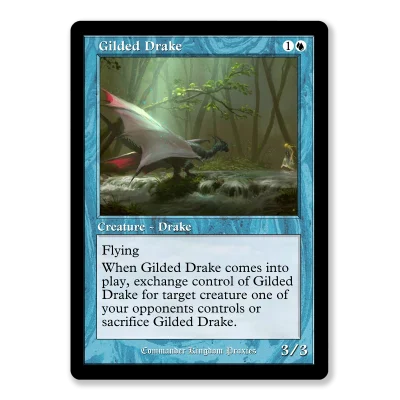Cardstock paper, a versatile and durable material, stands out in the paper world for its thickness and strength, distinguishing it from traditional printer paper. Ideal for a variety of applications, cardstock comes in an array of colors, textures, thicknesses, and finishes, tailored to meet the specific needs of projects ranging from invitations and business cards to scrapbooking and posters.
What is Cardstock?
Cardstock, also known as cover stock or pasteboard, is a heavy-duty paper option significantly thicker and more durable than standard printing or writing paper but more flexible than other paperboard forms. It’s sold in sheets rather than reams and is often utilized for higher-quality or formal documents like printed invitations, menus, and business cards.
Manufacturing and Materials
Historically, cardstock was made from recycled textiles (rags) such as hemp, linen, and cotton. The advent of wood pulp in 1843 revolutionized paper production, allowing for a shift from rag-based materials to wood-based, enhancing the efficiency and diversity of paper manufacturing. Today, cardstock combines hardwood and softwood to achieve its characteristic thickness and durability, with the proportions of these materials varying by manufacturer.
Types of Cardstock
Cardstock varies widely in terms of weight, size, texture, and finish:
- Weight and Size: The weight of cardstock is typically measured in pounds (lbs) or grams per square meter (GSM), with common ranges from 65 lbs to 110 lbs or about 147 GSM to 640 GSM. This measurement reflects the paper’s thickness and sturdiness, influencing its suitability for different applications.
- Texture and Finish: Options include glossy (shiny), matte (non-reflective), vellum (translucent), and textured (e.g., linen, woodgrain). Each texture and finish offers a different look and feel, affecting the ink’s absorption and the overall aesthetic of the printed material.
Detailed Cardstock Weights and Measurements
| Cardstock Weight (lbs) | GSM (grams per square meter) | Thickness (mm) | Thickness (mils) |
|---|---|---|---|
| 60 | 163 | 0.188 | 7.4 |
| 75 | 178 | 0.229 | 9.0 |
| 80 | 216 | 0.234 | 9.2 |
| 90 | 244 | 0.241 | 9.5 |
| 93 | 252 | 0.25 | 9.8 |
| 100 | 270 | 0.289 | 11.4 |
| 105 | 285 | 0.33 | 13.0 |
| 120 | 310 | 0.38 | 15.0 |
| 130 | 350 | 0.41 | 16.0 |
| 146 | 385 | 0.45 | 17.5 |
For reference, 12pt card stock is approximately 0.012 inches or 12 mils thick, 14pt card stock is 0.014 inches or 14 mils thick, and 16pt card stock is 0.016 inches or 16 mils thick. This measurement system allows for precise specification of cardstock thickness, essential for various applications like printing, crafting, and packaging.
Applications
Due to its robust nature, cardstock is ideal for projects requiring a sense of formality or durability, such as wedding invitations, business cards, greeting cards, certificates, and more. Its ability to support various types of media makes it a favorite among crafters and professionals alike for creating impactful and lasting impressions.
Printing on Cardstock
Printing on cardstock requires consideration of the paper’s thickness and finish. Not all home printers can accommodate the heavier weights of cardstock, and improper printing can lead to issues such as cracking, warping, or jamming. For thicker cardstocks or special finishes, commercial cardstock printing services might be necessary to achieve the best results, including additional finishing options like scoring, cutting, or perforating.
Choosing the Right Cardstock
Selecting the appropriate cardstock for your project involves understanding the specific requirements of your project, including the desired appearance, feel, and durability. Factors to consider include the weight and thickness suitable for the intended use, the texture and finish that best convey the desired aesthetic, and the compatibility of the cardstock with your printing method.
In summary, cardstock offers a durable, versatile option for a wide range of creative and professional projects. Its variety in weight, size, texture, and finish allows for customization to meet specific project needs, making it a staple material in crafting, printing, and design.





